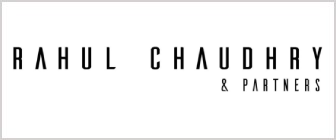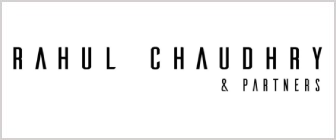Introduction
In India, for intellectual property (IP) disputes, the statutes and courts have always been more focused on compensatory damages, i.e., compensating the aggrieved party to help them restore their position. This approach has led to a lack in the IP regime as it did not effectively achieve the twin objective of compensation and deterrence.
Essentially, the primary reasons that led to this approach could have been the difficulty faced by the courts in evaluating the amount for punitive damages when there was little jurisprudence available on the evaluation of an IP and its goodwill. The lack of literature coupled with the fact that the harm suffered due to an IP infringement may not always be economic led to further delay in the adoption of the approach to award punitive damages, i.e., damages in excess of the injury or loss incurred due to the mala fide act of the Defendant1.
In India, the approach of the courts was changed by the judgment passed in the Times Incorporated v. Lokesh Srivastava, wherein, the Hon’ble Delhi High Court recognized the need of awarding punitive damages along with compensatory damages in intellectual property disputes2. The Court emphasized that punishing the infringer and setting an example of deterrence was more important than simply compensating the aggrieved party.
Times Incorporated was later overruled, however, started a discussion on the necessity of awarding punitive damages to the plaintiff in IP suits. Eventually, the law developed through court precedents and now India is among the few countries which have shown an increasing trend in awarding punitive damages amounting to as high as INR 1 crore, in certain cases of IP disputes3.
Evolution of Punitive Damages in IP Suits in India
Times Incorporated set the law in motion that the award of punitive damages serves an additional purpose of limiting the defendant's ability to profit from its fraud by escaping detention and prosecution. This precedent followed in numerous judgments and was considered the law until it was overruled in Hindustan Unilever Limited v. Reckitt Benckiser India Limited4.
The Division Bench of the Hon’ble Delhi High Court which overruled Times Incorporated modified the approach toward punitive damages by ruling that the courts should follow the guidelines laid down in Rookes v. Barnard5 for granting damages. Rookes had specified that in cases of the defendant's deliberate wrongful conduct, the plaintiff was eligible to be granted punitive damages.
Ever since the development of the law of punitive damages, the Indian courts have awarded damages as high as INR 1.85 crores. In Whatman International Ltd. v. P. Mehta & Ors.6, the Defendants infringed the trademark “WHATMAN”, trade dress, copyright, and also passed-off counterfeit products as that of the Plaintiff. Despite the interim injunction and raid conducted by the Local Commissioner, Defendant continued the use of the infringing mark.
In the Whatman case, the Court noted the aspect of the Defendant being a habitual offender. Further, the conduct of Defendant coupled with bad faith played a major role in ascertaining the amount for punitive damages.
Later, in Koninlijke Philips N.V. & Anr v. Amazestore & Ors., while awarding punitive damages, the court held that degree of mala fide conduct on the part of the Defendant has a direct impact on the quantum and nature of damages that could be awarded in addition to the claim for actual or compensatory damages7.
Further, the Delhi High Court settled the law in Koninlijke Philips N.V. by laying down a comprehensive set of parameters for assessing the grant of damages in infringement suits wherein an aggrieved party shall be eligible for receiving injunction, costs, and compensatory damages in cases where the Defendant is a repeated infringer and his acts have caused a major impact to the Plaintiff.
Brief comparison between India, EU, and US laws regarding Punitive Damages
The Indian IP statutes, specifically trademarks and copyrights, mention damages for infringement only in terms of compensation to the aggrieved party. There is a lacuna in law regarding the aspect of punitive damages.
The EU’s Directive on the Civil Enforcement of Intellectual Property Rights requires the member countries to provide compensation for various types of detriment suffered by the right-holders, which is inclusive of the lost sales and consequential damages, i.e., impact on the brand value8.
The US courts have had a clear standpoint on punitive damages. The Supreme Court of California has held that the purpose of deterrence through an award of punitive damages will not be achieved if the defendant is not able to absorb the award with little or no discomfort. Further, the Illinois Courts have added to the discussion and emphasized the essential need of assessing the Defendant’s financial situation while evaluating the extent of punitive damages.
Conclusion
In India, the law for punitive damages in IP suits has developed solely through precedents set by the courts. In such a scenario, there exists lack of uniformity to deal with the aspect of punitive damages as all cases are dealt on case-to-case basis, instead of following an established set of principles. This creates a disbalance for the parties involved in the IP suits as mere statutorily prescribed compensation to the aggrieved party is not enough and the aspect of deterrence on the part of the defendant falls missing. Therefore, there arises an essential need for amendments in the IP statutes for inclusion of punitive damages as an important element in IP disputes.
'Vanshika Arora is a Trainee Associate in the IP Litigation Team of Rahul Chaudhry & Partners. She graduated from Symbiosis Law School, Noida in the year 2022.'
1Damages in Intellectual Property Law Cases in India, Lawyered (Jun 30, 2022), https://www.lawyered.in/legal-disrupt/articles/damages-intellectual-property-law-cases-india/.
2Time Incorporated v. Lokesh Srivastava, (2005) 30 PTC 3 (Del).
3A Trend Toward Higher Damages in IP Litigation in India, INTA (Dec. 9, 2020), https://www.inta.org/perspectives/a-trend-toward-higher-damages-in-ip-litigation-in-india/.
4Hindustan Unilever Limited v. Reckitt Benckiser India Limited, (2014) 207 DLT 713.
5Rookes v. Barnard, [1964] 1 All ER 367.
6Whatman International Ltd. v. P. Mehta & Ors., CS (COMM) 351/2016 & I.A. 5235/2018.
7Koninlijke Philips NV v. Amazestore (2019) 260 DLT 135
8Damages in Intellectual Property Rights, European Observatory on Counterfeiting and Piracy, available at https://euipo.europa.eu/ohimportal/documents/11370/80606/Damages+in+intellectual+property+rights/b0d70979-2af3-48cf-870b-9ed1139d917a.



